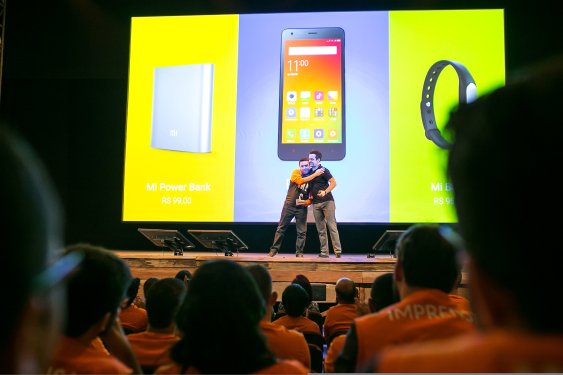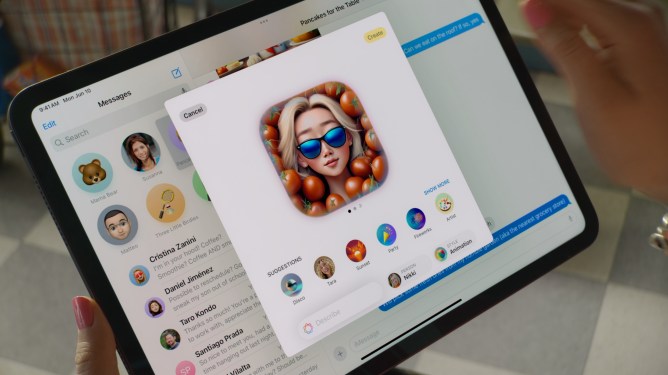In a significant development in the wearables market, Xiaomi has emerged as the leading seller of wearable devices worldwide for the first time. A recent report by Strategy Analytics revealed that Xiaomi shipped 3.7 million units in Q2 2017, surpassing Apple and Fitbit.
Xiaomi’s Rise to Top
Coming off the back of Xiaomi’s reentry into the world’s top five smartphone sellers, the company has continued its impressive growth in the wearables market. With a wide range of products priced competitively and featuring heart-rate monitors and alerts, Xiaomi has managed to capture a significant share of the market.
Fitbit’s Decline
In contrast, Fitbit saw its sales plummet by 40% in Q2 2017, with only 3.4 million units shipped during the quarter. This decline was even more pronounced when compared to Apple’s performance, which saw an increase in sales growth year-on-year.
Market Share and Competition
According to Strategy Analytics, Xiaomi and Apple both grew their market share year-on-year (from 15% to 17%, and 9% to 13%, respectively), while Fitbit’s share cratered from 29% to 16%. This shift in market share has led analysts to suggest that Fitbit is at risk of being trapped between Xiaomi’s low-end fitness bands and Apple’s high-end smartwatches.
Strategy Analytics’ Perspective
In a statement, Strategy Analytics’ Neil Mawston noted, "Fitbit is at risk of being trapped in a pincer movement between the low-end fitness bands sold by Xiaomi and the fitness-led, high-end smartwatches sold by Apple." This sentiment highlights the challenges that Fitbit faces in maintaining its market share in the face of intense competition.
Apple’s Prospects
While Apple may struggle to reclaim the top spot due to its lack of health band options, Strategy Analytics suggests that reports of an upcoming Apple Watch with extended health tracking capabilities could help the company regain ground. However, for now, Xiaomi remains ahead due to its focus on affordable wearable devices.
Xiaomi’s Resurgence
Xiaomi has had a remarkable 2017 so far, bouncing back from two disappointing years in which it struggled to maintain once-explosive growth and missed sales targets. The company’s push into offline retail in China and progress in India have contributed to its more optimistic outlook this year.
CEO Lei Jun’s Vision
Xiaomi’s CEO, Lei Jun, has stated that the company has reached "a major inflection point in its growth." With phone sales up 70% quarter-on-quarter in Q2, Xiaomi is now pushing on with its offline retail strategy and furthering its global expansion plan thanks to a $1 billion loan secured last month.
Key Takeaways
- Xiaomi has emerged as the top seller of wearable devices worldwide for the first time.
- Fitbit saw its sales plummet by 40% in Q2 2017, with only 3.4 million units shipped during the quarter.
- Apple’s market share grew year-on-year, but it still lags behind Xiaomi in terms of wearable device sales.
- Strategy Analytics suggests that Fitbit is at risk of being trapped between Xiaomi’s low-end fitness bands and Apple’s high-end smartwatches.
- Xiaomi’s focus on affordable wearable devices has contributed to its success.
Conclusion
Xiaomi’s rise to the top of the wearables market is a testament to the company’s commitment to innovation and affordability. As the competition in the wearables market continues to intensify, it will be interesting to see how these companies adapt to changing consumer demands and maintain their market share.
Xiaomi and Apple: Different Approaches to Wearables
Xiaomi and Apple take very different approaches to wearables. Xiaomi has a wide range of products that are priced competitively and feature heart-rate monitors and alerts. The Mi Band, for example, is priced as low as $14.99 in the U.S.
Fitbit’s Struggle
Fitbit’s position in the market is less certain. Strategy Analytics suggests that Fitbit is at risk of being trapped between Xiaomi’s low-end fitness bands and Apple’s high-end smartwatches.
Apple’s Prospects
While Apple may struggle to reclaim the top spot due to its lack of health band options, reports of an upcoming Apple Watch with extended health tracking capabilities could help the company regain ground. However, for now, Xiaomi remains ahead due to its focus on affordable wearable devices.
Xiaomi’s Resurgence
Xiaomi has had a remarkable 2017 so far, bouncing back from two disappointing years in which it struggled to maintain once-explosive growth and missed sales targets.
CEO Lei Jun’s Vision
Xiaomi’s CEO, Lei Jun, has stated that the company has reached "a major inflection point in its growth." With phone sales up 70% quarter-on-quarter in Q2, Xiaomi is now pushing on with its offline retail strategy and furthering its global expansion plan thanks to a $1 billion loan secured last month.
Key Takeaways
- Xiaomi has emerged as the top seller of wearable devices worldwide for the first time.
- Fitbit saw its sales plummet by 40% in Q2 2017, with only 3.4 million units shipped during the quarter.
- Apple’s market share grew year-on-year, but it still lags behind Xiaomi in terms of wearable device sales.
- Strategy Analytics suggests that Fitbit is at risk of being trapped between Xiaomi’s low-end fitness bands and Apple’s high-end smartwatches.
- Xiaomi’s focus on affordable wearable devices has contributed to its success.



